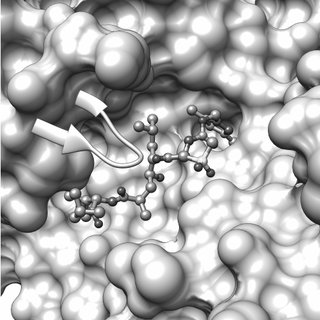In the quest to develop novel drugs that target specific proteins within the body, scientists face a significant challenge: understanding how these proteins move and interact in real time. Traditional methods, such as X-ray crystallography, provide detailed snapshots of protein structures but fall short in capturing dynamic processes. However, a groundbreaking technology developed by researchers at the University of Southampton promises to change the game. By harnessing the power of high-speed protein movies, scientists are poised to unlock the secrets of molecular motion and revolutionize drug design.
The Challenge of Protein Dynamics
Proteins, the molecular machines of life, are constantly in motion, undergoing structural changes that are essential for their function. However, capturing these movements in real time has proven to be a daunting task. Traditional techniques, such as static crystallography, offer a glimpse of protein structures but lack the temporal resolution needed to observe dynamic processes. To address this challenge, scientists have long sought ways to create “movies” of proteins in action—a feat that has remained elusive until now.
A Breakthrough in Time-Resolved Crystallography
Enter the team of researchers at the University of Southampton, whose innovative approach to time-resolved crystallography has captured the imagination of the scientific community. Led by Dr. Jonathan West, the team has developed a groundbreaking method for observing proteins in motion with unprecedented precision. By miniaturizing protein crystals and employing rapid mixing techniques, they have achieved a level of temporal resolution previously thought unattainable.
Miniaturizing Protein Crystals
Central to the team’s approach is the miniaturization of protein crystals, which are typically grown in laboratory settings for structural analysis. By reducing the size of these crystals to a fraction of their normal dimensions, the researchers have created miniature “test tubes” that enable the observation of proteins at the atomic level. These tiny crystals, measuring only a few microns in length, serve as the building blocks for high-speed protein movies.
Rapid Mixing Techniques
In addition to miniaturization, the team has pioneered rapid mixing techniques to capture proteins in action. Utilizing droplet microfluidics, they have created millions of miniature droplets, each acting as a vessel for protein crystallization. These droplets exhibit remarkable mixing capabilities, allowing for rapid and precise control over the timing of protein reactions. With mixing times approaching just milliseconds, the researchers have set a new standard for time-resolved crystallography.
Unveiling the Secrets of Protein Dynamics
The implications of this research are far-reaching, with potential applications spanning drug development, structural biology, and beyond. By capturing high-speed protein movies, scientists can now observe the intricate dance of molecules in real time, gaining insights into their function and behavior. This deeper understanding of protein dynamics holds the key to designing more effective drugs that target specific molecular pathways with precision.
A Gateway to Personalized Medicine
As the field of time-resolved crystallography continues to evolve, so too does the promise of personalized medicine. By deciphering the molecular movements underlying disease processes, researchers can tailor treatments to individual patients, maximizing efficacy and minimizing side effects. From cancer therapies to antibiotics, the potential of high-speed protein movies to revolutionize drug design is limitless.
In the ever-evolving landscape of drug discovery, the ability to observe proteins in motion represents a significant leap forward. With their pioneering work in high-speed protein movies, the researchers at the University of Southampton are at the forefront of this groundbreaking field. By shedding light on the dynamic nature of proteins, they are paving the way for a new era of precision medicine, where treatments are tailored to the unique needs of each patient. As the journey continues, the promise of unlocking the secrets of molecular motion holds the potential to transform healthcare and improve lives around the world.
